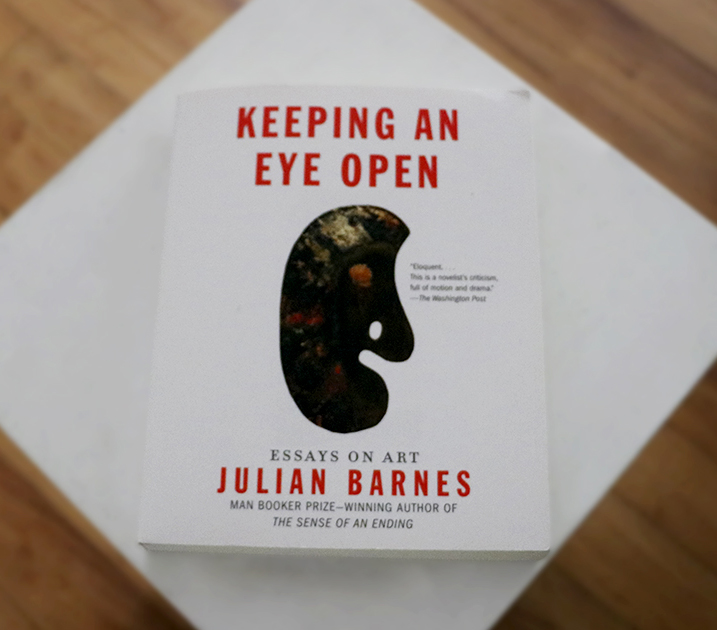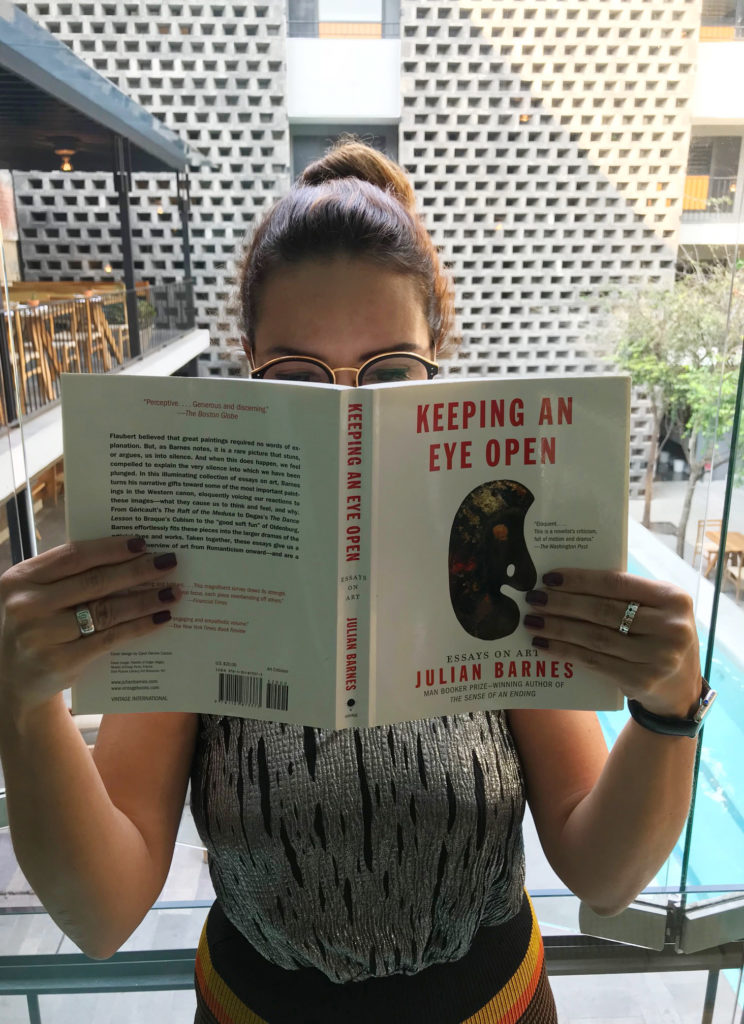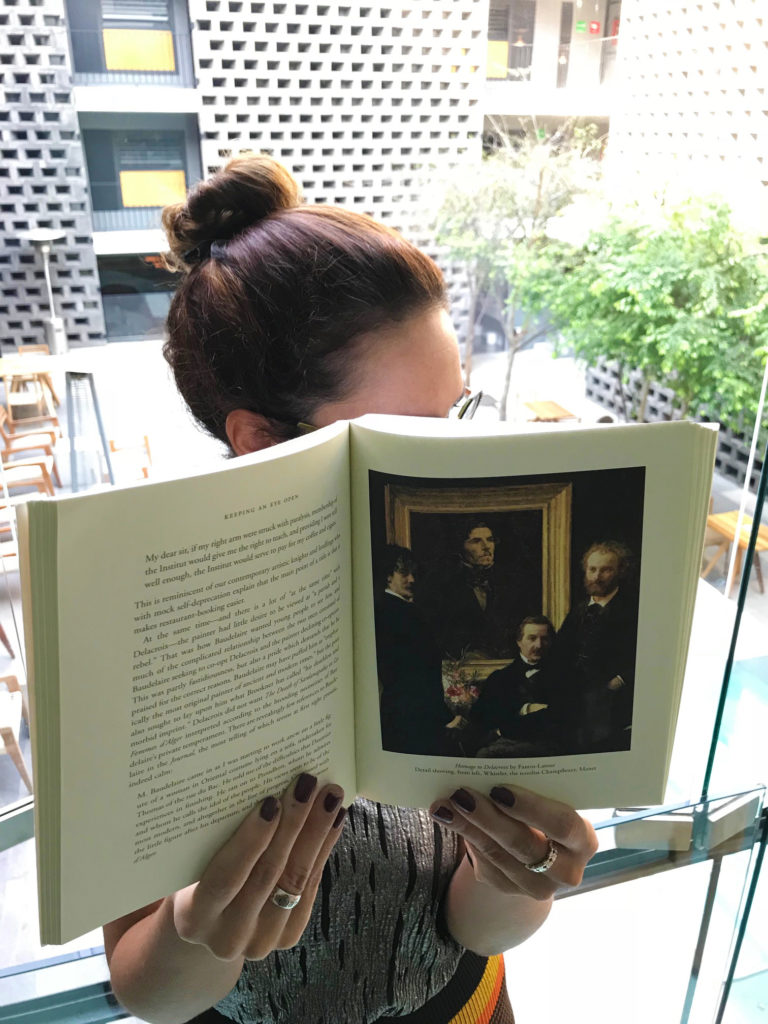
Book Review: Keeping an Eye Open by Julian Barnes
Photo Courtesy of Sybaris Collection
Art is a state of exception; the reason why I believe it makes life exceptional. Keeping an Eye Open is Julian Barnes eloquent storytelling about how “…art made its way from Romanticism to Realism and into Modernism.” It is the pictorial story of how exceptional minds created the path from the ordinary to the extraordinary to create one of the most important artistic movements from last century. It is the story of how Picasso and Braque´s “little cubes,” started cubism, or Manet´s perfection with the color white, as a prelude to Malevich. The flawless marriage between words and the images that Barnes achieves are essential to understanding in a beautiful yet eloquent argument, selected pieces of the Western canon.
To the untrained art lover, it can be intimidating to declare one’s opinion on the artwork of a “master;” the works of Géricault, Manet, and Degas may be above reprise for even the most trained eye of the art collector. However, do we as viewers, no have the right, an entitlement, to have an opinion on works of art as we appreciate them? In Keeping an Eye Open: Essays on Art, Julian Barnes provides us with an endorsement to do so—helping everyday art lovers to see through the works, considering more about the artists who created them, while offering some insight in his opinion (to even create our own) with interesting facts on the art and the artist. His collection of short essays allows readers to digest the individual artists and works in bits and pieces, providing the reader with time to ponder the connection between art and artist, and drive them to search for deeper meaning in individual works.
Photo Courtesy of Sybaris Collection
Julian Barnes-The Author
Julian Barnes has written numerous books, focusing on fictional stories where the characters contend with the often less-contemplated struggles of everyday life: idealism, mortality, love, truth, and identity. Barnes is an award-winning novelist, having earned a Shakespeare Prize, Austrian State Prize for European Literature, and the coveted Booker Prize (for The Sense of an Ending). In Keeping an Eye Open: Essays on Art, he diverges from the novel to a collection of essays about artists he had written over the years, and gathers them together into one publication in a journey across genres of art.
The Artists and Art Works
From Picasso to Oldenberg to Barnes, Keeping an Eye Open covers many of the premier artists from the 19th and 20th centuries, and weaves details about the works of art with interesting details about the artists who created them, providing his opinion of “who, what, when, where, how, and most importantly, why” each artist created the featured work. Did the creator’s life experiences shape the story within the work itself (of course) and does the viewer’s own narrative influence his or her judgment of the work. In opposition, does the artwork itself manipulate the artist’s life and creation of future works?
Photo Courtesy of Sybaris Collection
The Reader’s Experience
One can approach this collection of essays in several ways, either taking one artist, one work, at a time, in succession, driven to find the piece elsewhere to search for the clues Barnes leaves the reader, or to digest the book as a single piece, considering the development of art and only give a passing thought to the individual players. With either method, the reader will not only be provided a new (and in several instances, truly enlightening) attitude towards the artists who are historically put upon a pedestal of creativity, but who now offer the reader some context. He provides an almost mentor-ish attitude (consider using an art advisor!) about works, offering his insight and asking the reader: What do you think; do you share my opinion or does the work say something else to you?
The Value for Art Collectors
Keeping an Eye Open provides art collectors with Barnes’ perceptions about art covering these genres, complete with some (dare we say) gossipy background on the artists who created some works we have been in awe of for years. Readers are provided with a new eye for works they may have already studied, and hints to secrets found within well-viewed works. This book is worth a read, and likely to be one you will want to spend some time with, re-discovering your love (and approach) to art.




